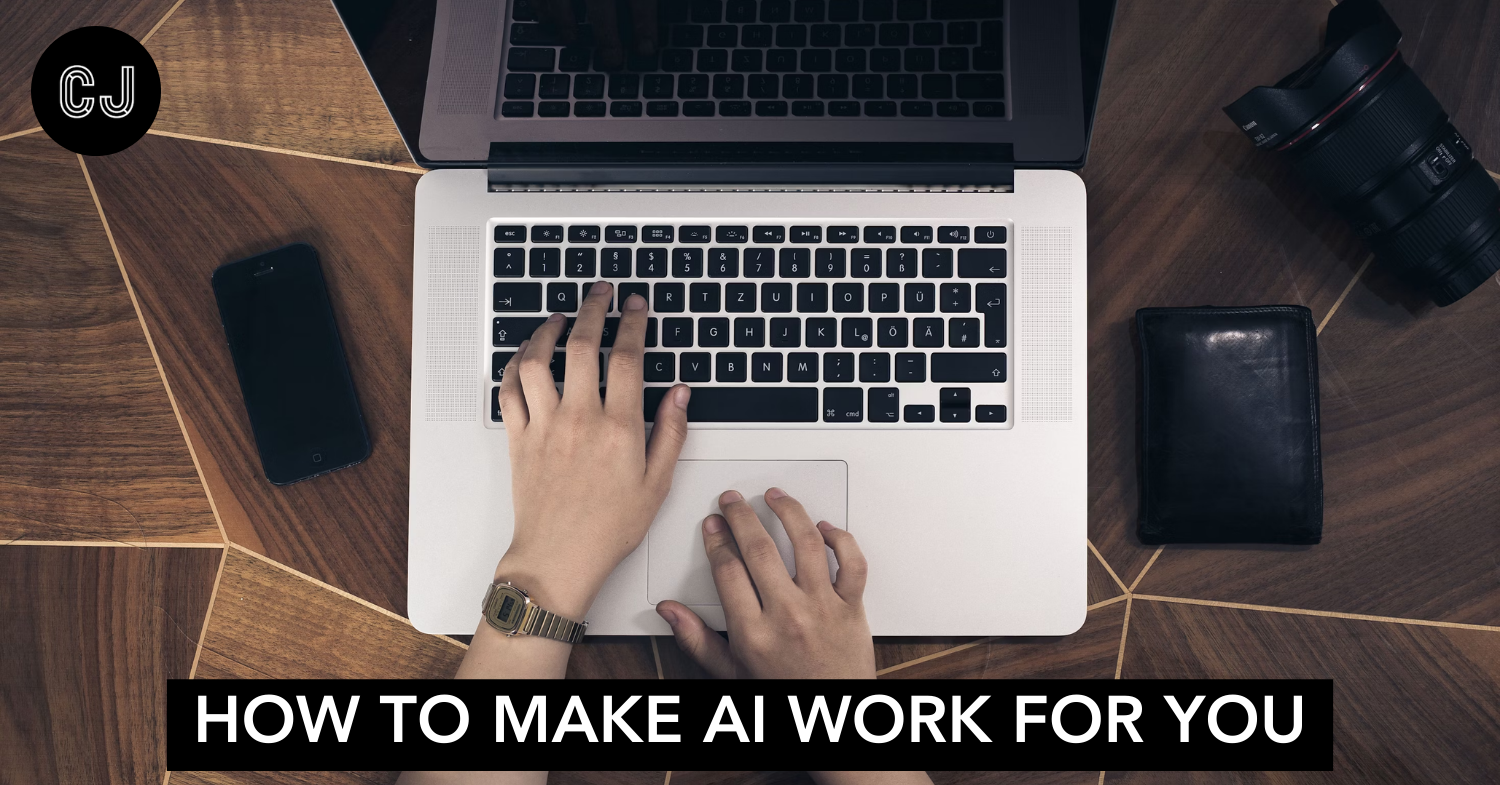Optimising AI at work
Artificial intelligence (AI) is reshaping the workplace, from how people apply for jobs to how work is carried out. If you’ve ever used ChatGPT to tweak a cover letter, Grammarly to polish an email, or a chatbot to speed up research, you’re already integrating AI into your professional life.
However, AI’s rapid advancement raises a common fear: will it eventually replace human workers? While some roles are becoming more automated, AI is ultimately a tool—one that, if used wisely, can make you more efficient, valuable, and competitive in the job market.
In this article, we’ll explore some key ways you can leverage AI to your advantage.
– Using AI for job hunting –
1. Crafting a standout resume & cover letter
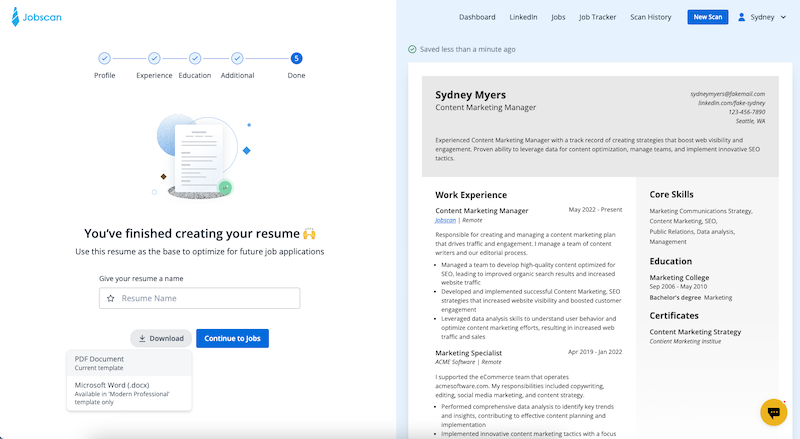
Image credit: Jobscan
With hundreds of applications flooding in for each job opening, many companies in Singapore now use AI-powered Applicant Tracking Systems (ATS) to scan resumes before they even reach human recruiters. If your resume isn’t optimised for these systems, it might never be seen by a real person.
AI can help by refining your resume and cover letter to align with job descriptions, ensuring they contain the right keywords and structure to pass ATS filters. Platforms like Jobscan analyse job listings and suggest improvements to your resume, while AI-powered writing assistants like ChatGPT and Teal can help with the structure of your cover letters based on industry best practices.
How to best use it: AI-generated applications should not be used blindly. Recruiters can easily spot generic, impersonal text. The key is to take AI’s suggestions and personalise them—adding unique experiences, specific achievements, and a genuine tone that reflects your personality.
2. Preparing for job interviews
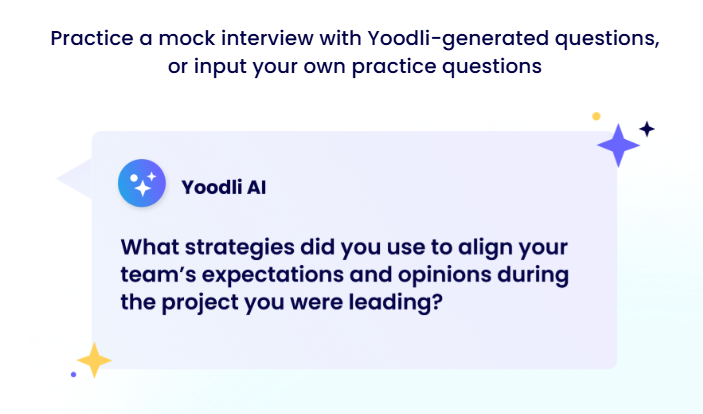
Image adapted from: Yoodli
Interviews can be nerve-wracking, but AI can be a game-changer when it comes to preparation. AI interview simulators, such as Yoodli and InterviewBuddy, allow you to practise responses to common interview questions, providing feedback on your clarity, tone, and confidence. No worries about cost – both tools also have free versions.
You can also use AI to generate potential interview questions based on a job description. ChatGPT, for example, can create a list of technical or behavioural questions tailored to the role you’re applying for. This allows you to rehearse and refine your answers in advance, ensuring you’re not caught off guard during the actual interview.
How to best use it: While AI can help you practise, it can’t replace real-life conversation skills. Employers aren’t just assessing your answers—they’re also evaluating your personality, communication style, and cultural fit. Be sure to inject authenticity and spontaneity into your responses, rather than delivering robotic, AI-generated answers.
3. Job searching & networking more effectively
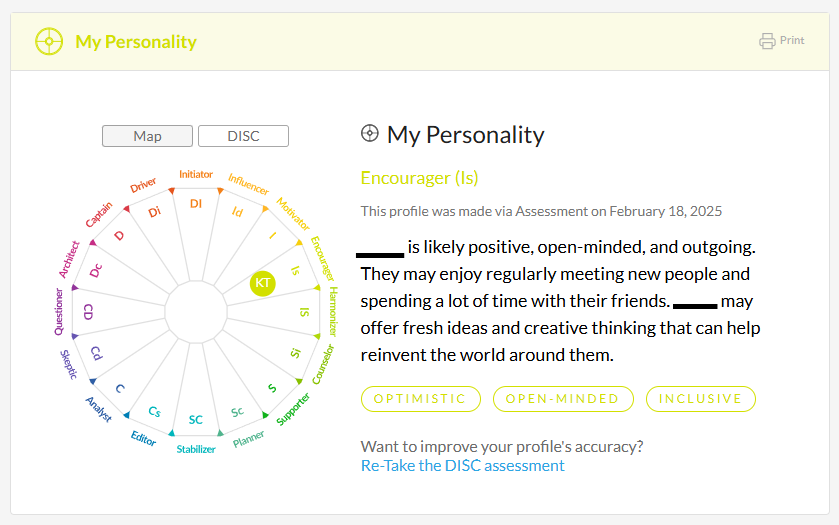 Crystal Knows profile analysis.
Crystal Knows profile analysis.
Image credit: Crystal Knows
Finding the right job can feel like searching for a needle in a haystack, but AI can streamline the process. Platforms like LinkedIn and MyCareersFuture use AI-driven algorithms to suggest job listings that match your skills and experience. This can save you hours of scrolling through irrelevant postings.
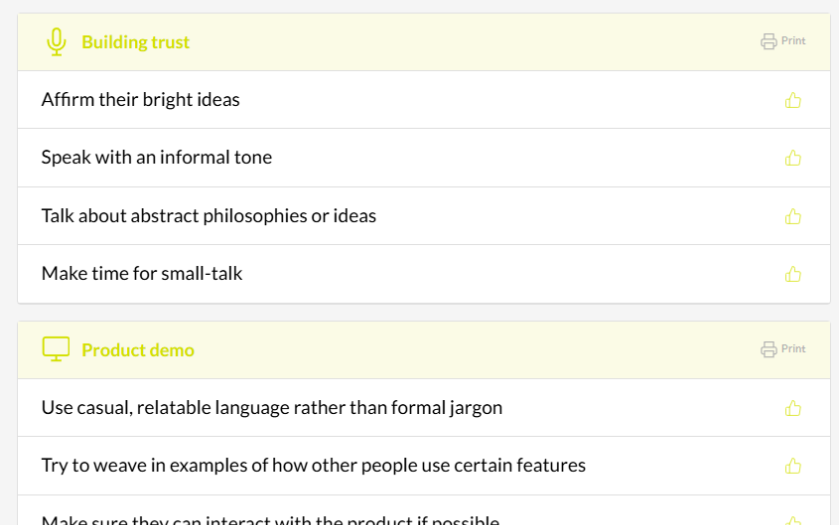
Breaking down the communication approach to potential business partners based on their LinkedIn.
Image credit: Crystal Knows
Networking is another crucial aspect of job hunting in Singapore, especially in industries like media, marketing, and tech. AI tools such as Crystal Knows analyse professional profiles to give you insights into someone’s communication style, helping you craft more personalised and effective outreach messages.
How to best use it: AI can only get you so far. While it can connect you with the right people, it’s up to you to build genuine relationships. Attending industry events, engaging with professionals on LinkedIn, and following up with personal messages can make all the difference in standing out to potential employers.
– Using AI in the workplace –
4. Enhancing productivity & efficiency
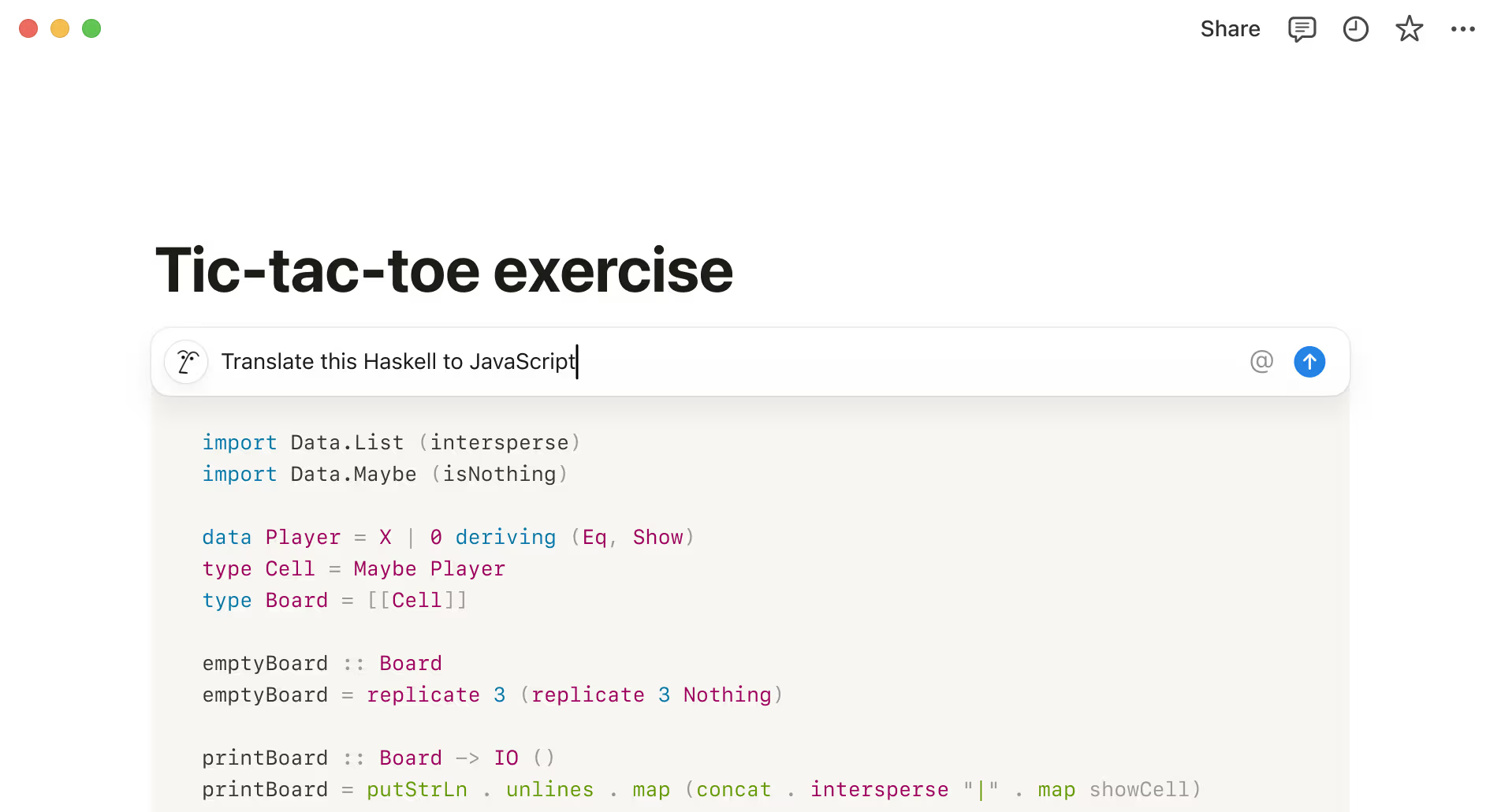
Image credit: Notion
Once you land a job, AI can significantly enhance your productivity. Many professionals use AI-powered tools like Notion AI or Microsoft Copilot to summarise long reports or automate repetitive tasks. Google also has a new built-in AI feature called Gemini that can help condense long emails and documents. All these allow you to focus on higher-value work rather than getting bogged down by administrative duties.
For example, in marketing and media roles, AI can generate content ideas, analyse audience engagement data, and even suggest optimal posting schedules. In finance and data-driven industries, AI can help identify trends, forecast revenue, and automate reporting processes.
How to best use it: AI should be treated as a productivity booster rather than a replacement for critical thinking. While AI can process data and generate insights, human oversight is essential to ensure accuracy, creativity, and strategic decision-making.
5. Leveraging AI for upskilling & career growth
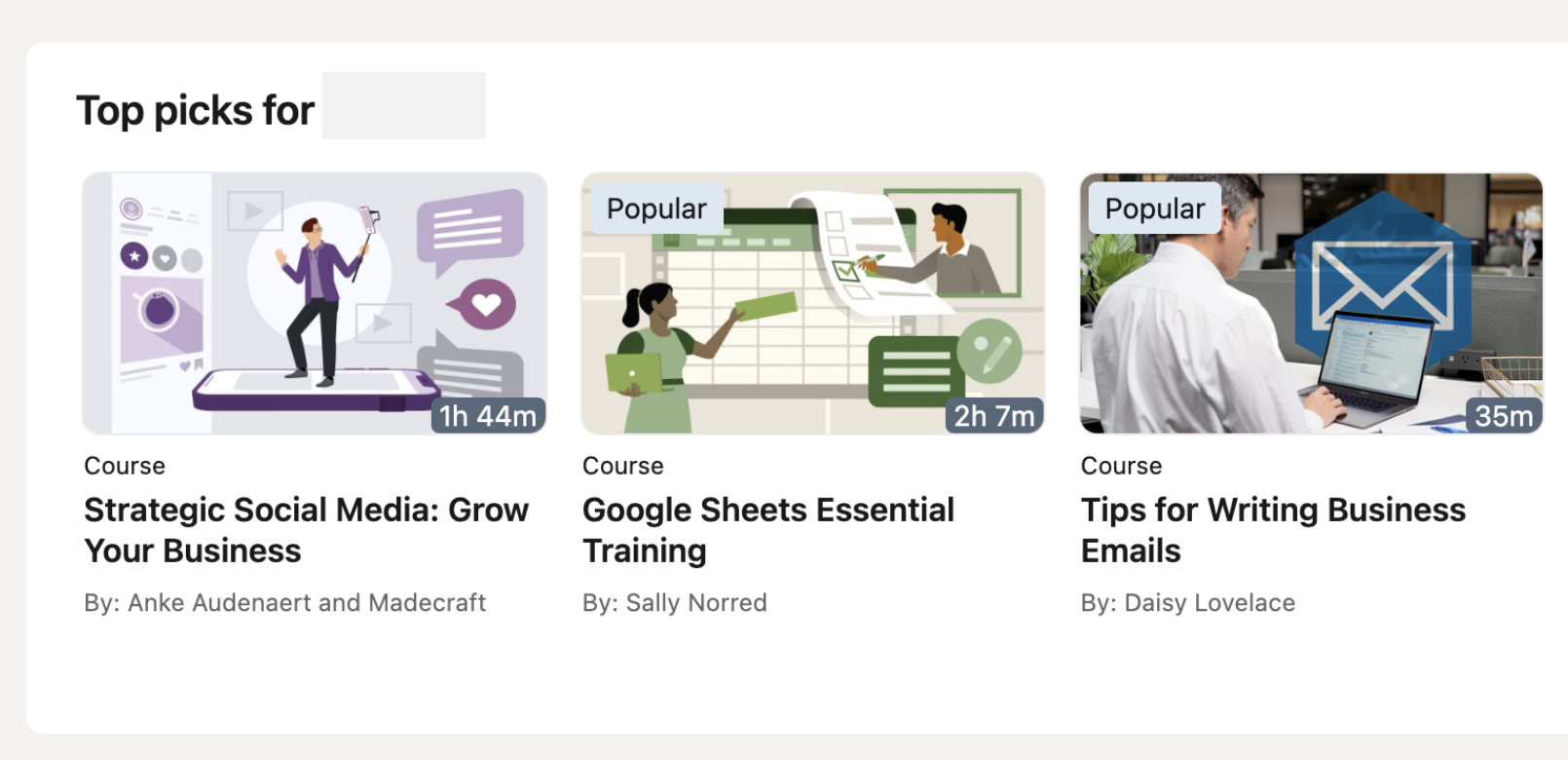
Get an AI-generated roundup of useful, bite-sized courses on LinkedIn.
Image credit: LinkedIn Learning
AI is not just changing how we work—it’s also reshaping the skills required to stay competitive in the job market. Employers increasingly value employees who can work alongside AI, rather than be replaced by it.
Online learning platforms like Coursera, Udemy, and LinkedIn Learning use AI to recommend personalised courses based on your career goals. AI-driven tools can also summarise complex topics, making it easier to upskill in new areas such as digital marketing, coding, or data analytics.
How to best use it: Upskilling is more than just consuming AI-curated content. The most valuable employees are those who can apply new knowledge in real-world situations. Seeking mentorship, working on hands-on projects, and obtaining recognised certifications can help reinforce your learning and set you apart in a competitive job market.
6. Improving decision-making with AI analytics
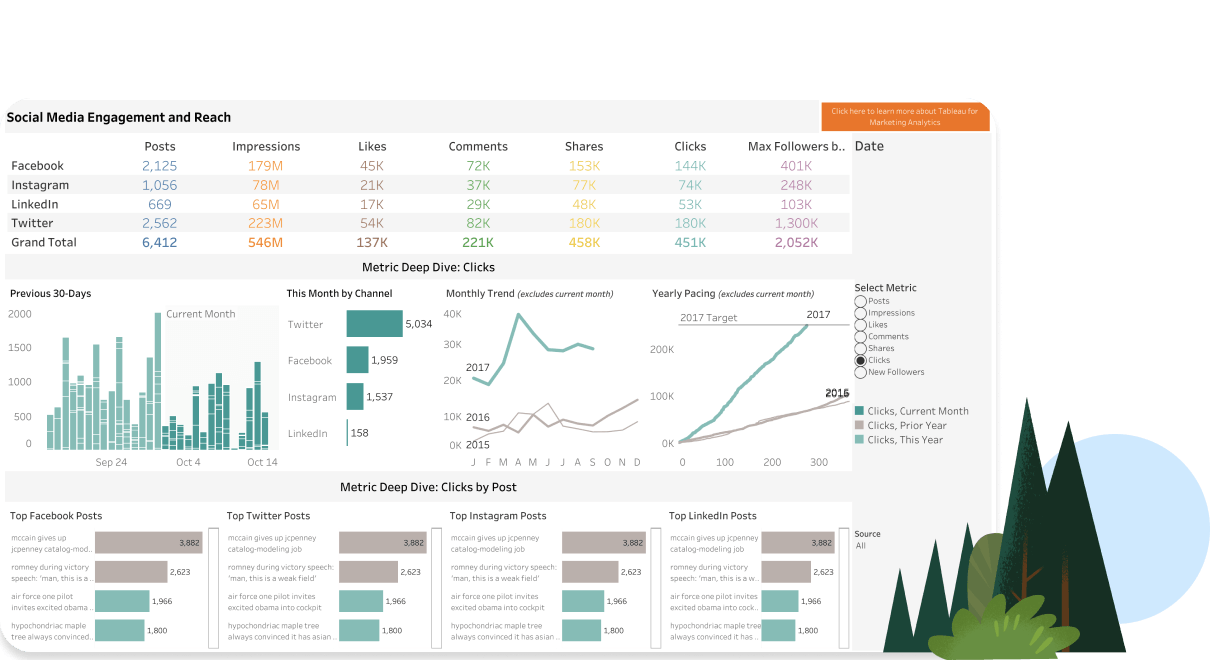
Image credit: Tableau
Data-driven decision-making is a key advantage AI offers in the workplace. AI-powered analytics tools can process vast amounts of information in seconds, uncovering patterns and insights that would take humans much longer to identify.
For instance, businesses in Singapore use AI-driven analytics platforms like Tableau and Google Analytics to track consumer behaviour, optimise marketing strategies, and improve financial forecasting. In HR and recruitment, AI can help managers analyse employee engagement data to improve workplace satisfaction and retention.
How to best use it: AI-generated insights are only as good as the data they’re based on. Human interpretation is still necessary to assess whether AI recommendations align with business objectives and real-world scenarios. Combining AI analytics with human judgement allows for more balanced and strategic decision-making.
7. Strengthening workplace communication with AI
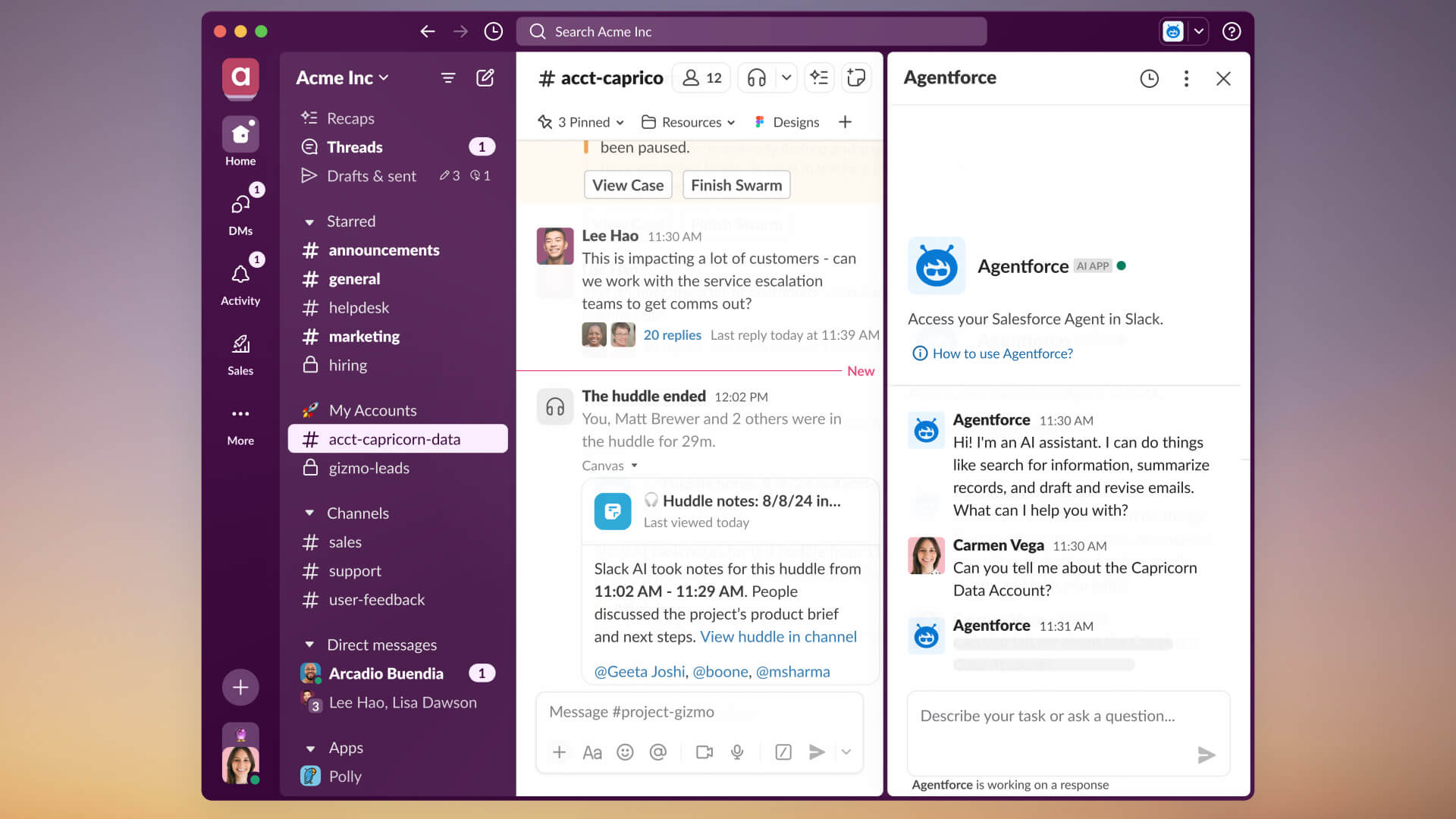
Image credit: Slack
AI is also transforming workplace communication, making it more efficient and accessible. AI-powered chatbots and virtual assistants, like Slack’s AI assistant or Microsoft Teams’ AI integrations, can automate routine queries, schedule meetings, and transcribe discussions in real-time.
For multinational teams, AI-driven translation tools, such as Google Translate and DeepL, help break language barriers, making global collaboration easier. Even email assistants like Grammarly and Wordtune ensure that messages are clear, professional, and error-free.
How to best use it: While AI enhances communication, it should never replace direct human interaction. Building relationships, resolving conflicts, and fostering a positive work culture require emotional intelligence—something AI still cannot replicate.
Maintaining the human touch in an AI-driven workplace
AI is rapidly transforming job hunting and workplace dynamics, but it should be seen as a tool to enhance, rather than replace, human capabilities. Whether you’re applying for a job or working in a fast-paced industry, leveraging AI effectively can make you more efficient, informed, and adaptable.
The key to long-term career success lies in balancing AI’s efficiency with human qualities like critical thinking, creativity, and interpersonal skills. By using AI strategically—both in job hunting and in the workplace—you can future-proof your career and ensure that technology works for you, not against you.
If you’re ready to put these AI-powered job hunting strategies into action, start by browsing the latest listings on Cultjobs. Whether you’re looking for opportunities in marketing, media, design, or tech, you’ll find job openings that align with your skills and career goals. Let AI give you a boost—but remember, your unique strengths and experiences are what truly make you stand out.
Find your dream job on Cultjobs
More on jobs hunting in Singapore:
- Easy resume tips for Singaporeans
- Questions to ask when applying for a job
- Startup vs traditional media in Singapore
Cover image adapted from Unsplash.


